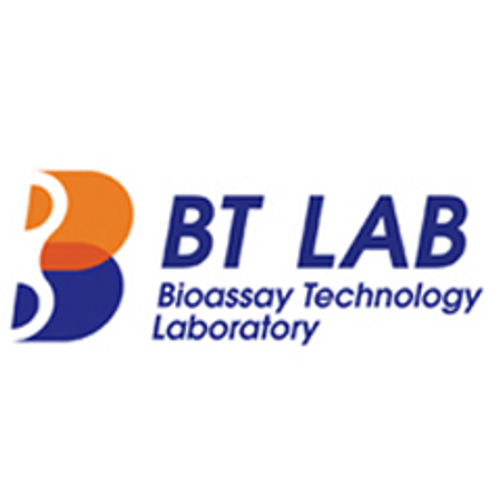Product Description
Mouse A Disintegrin And Metalloprotease 9 (ADAM9) ELISA Kit | AE23812MO | Abebio
Species Reactivity: Mouse (Mus musculus)
Abbreviation: ADAM9
Alternative Name: CORD9; KIAA0021; MCMP; MDC9; Mltng; ADAM metallopeptidase domain 9|a disintegrin and metalloproteinase domain 9 (meltrin gamma) |cellular disintegrin-related protein|meltrin gamma|myeloma cell metall
Application: ELISA
Range: 62.5-4000 pg/mL
Sensitivity: 15.6 pg/mL
Intra-Assay: ≤4.8%
Inter-Assay: ≤7.5%
Recovery: 0, 92
Sample Type: Serum, Plasma, Other biological fluids
Detection Method: Sandwich
Analysis Method : Quantitive
Test Principale: This assay employs a two-site sandwich ELISA to quantitate ADAM9 in samples. An antibody specific for ADAM9 has been pre-coated onto a microplate. Standards and samples are pipetted into the wells and anyADAM9 present is bound by the immobilized antibody. After removing any unbound substances, a biotin-conjugated antibody specific for ADAM9 is added to the wells. After washing, Streptavidin conjugated Horseradish Peroxidase (HRP) is added to the wells. Following a wash to remove any unbound avidin-enzyme reagent, a substrate solution is added to the wells and color develops in proportion to the amount of ADAM9 bound in the initial step. The color development is stopped and the intensity of the color is measured.
Product Overview: Disintegrin and metalloproteinase domain-containing protein 9 is a member of the ADAM (a disintegrin and metalloprotease domain) family. Members of this family are membrane-anchored proteins structurally related to snake venom disintegrins, and have been implicated in a variety of biological processes involving cell-cell and cell-matrix interactions, including fertilization, muscle development, and neurogenesis. The protein encoded by this gene interacts with SH3 domain-containing proteins, binds mitotic arrest deficient 2 beta protein, and is also involved in TPA-induced ectodomain shedding of membrane-anchored heparin-binding EGF-like growth factor. Two alternative splice variants have been identified, encoding distinct isoforms.
Stability: The stability of ELISA kit is determined by the loss rate of activity. The loss rate of this kit is less than 5% within the expiration date under appropriate storage condition. The loss rate was determined by accelerated thermal degradation test. Keep the kit at 37°C for 4 and 7 days, and compare O.D.values of the kit kept at 37°C with that of at recommended temperature. (referring from China Biological Products Standard, which was calculated by the Arrhenius equation. For ELISA kit, 4 days storage at 37°C can be considered as 6 months at 2 - 8°C, which means 7 days at 37°C equaling 12 months at 2 - 8°C) .
 Euro
Euro
 USD
USD
 British Pound
British Pound
 NULL
NULL








